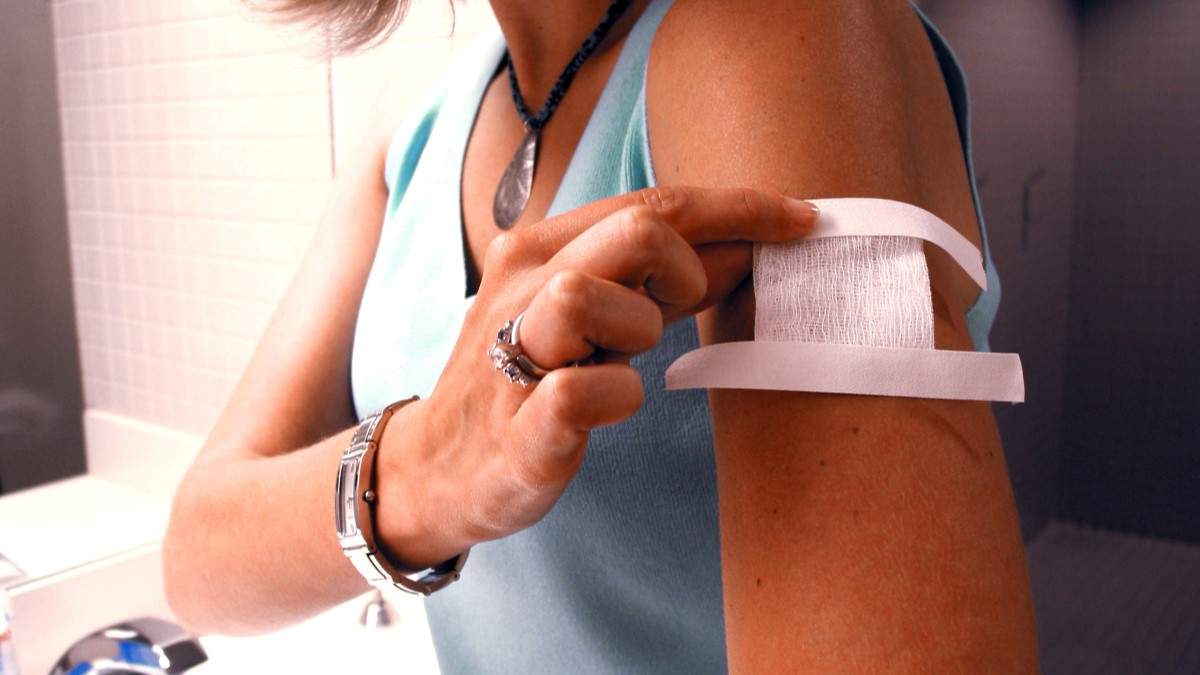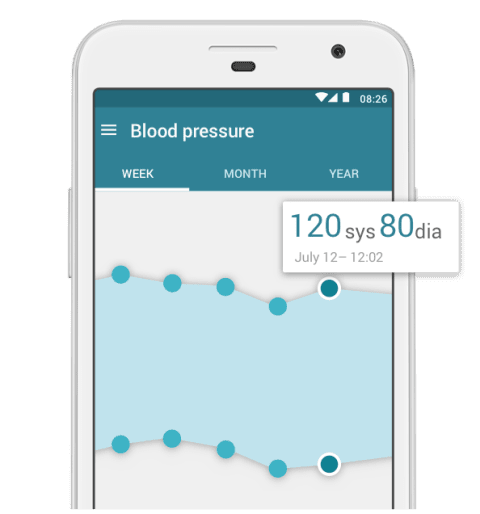The Z-track method of injection is a unique technique for administering IM (intramuscular injections.) The procedure is more complicated than many other types of injections. For this reason, it is not as common that patients self-administer via the Z-track method as with other methods. However, for patients who require frequent injections, and who have discussed the option with their doctor, at-home injections may be suitable.
Why is the Z-track injection method used?
The Z-track method is preferable to other methods for IM injections as it prevents leakage. During some injections, some of the medication may leak backward through the injection track. This may lead to the medication being absorbed into other tissues. To prevent this, the Z-track method involves holding the skin and tissue firm while injecting, leaving a Z-shaped track that prevents leakage.
Aside from preventing leakage, many patients report that the Z-track method is less painful and leads to less unpleasant side effects after the procedure. However, this will be unique to each patient and may depend on the site of the injection.
Are there risks or side effects associated with a Z-track injection?
There are no known risks or interactions associated with a Z-track injection. It is, however, important to note that the Z-track method is only appropriate for IM injections and will not be effective for other types. Speak with your doctor for more information about when you should use the Z-track injection method.
While there are not any risks specifically associated with Z-track injections, as with any injection, there is a risk of negative side effects. Common, but mild, side effects include swelling, injection site pain, and bruising. Typically, these side effects will be tolerable and will only last a short time. However, there is a small risk of more serious side effects such as infection, tissue damage, or hemorrhage. If you notice signs of these side effects, you should speak with your doctor immediately.
Which injection sites can the Z-track method be used on?
The Z-track injection method can be used on any of the locations you would typically perform an IM injection. Typically, though, the most common locations to apply this method are the thigh and buttocks as they have a high chance of medication leakage if other methods are used. Below is a list of recommended injection sites, but you should still consult with your doctor about which locations are best for you.
- Deltoid muscle (upper arm)
- Vastus lateralis (thigh)
- Ventrogluteal (hip)
- Dorsogluteal (buttocks)
How do you prepare a Z-track injection?
The most important aspect of preparing an injection is ensuring that you use an appropriately sized needle. To make sure you‘re using the right needle, speak with your doctor. They will take into consideration your height, weight, and age to make a proper recommendation. You should also let your doctor know if you have any type of bleeding disorder, this will play a role in determining the correct needle-size.
Once you have everything you need to perform your injection, you may be feeling stressed or anxious. If you feel too stressed to perform the injection, you should request that your first injection be performed with a doctor present. Other methods to reduce stress include listening to soothing music, talking with someone while injecting (if possible), and sitting rather than standing. You can read more in-depth about general injection practices and tips here.
How do you administer a Z-track injection?
The following are recommended steps for administering a Z-track injection. However, you should not attempt a self-injection until you have discussed it with your doctor. They may also provide you with instructions that vary from the instructions below. You should always follow your doctor’s recommendations.
- Wash your hands – To avoid infection you should wash your hands before you begin handling any injection materials.
- Gather any supplies you need – You will need a syringe, your medication, alcohol pads, gauze, bandages, and a container to discard the used needles and syringe into. The FDA published this helpful article about discarding used needles.
- Clean the injection site – Using alcohol pads, carefully clean the injection site. This will help to minimize the risk of infection.
- Prepare and insert the syringe – You should follow the instructions given for your specific medication to properly prepare the syringe for injection.
- Inject – Hold the needle in your hand. Using your other hand, pull down on your skin and hold it firmly. Using the hand that’s holding the needle, quickly insert it at a 90-degree angle, ensuring that it goes deep enough to reach your muscle. Check to make sure there is no blood in the syringe, if there isn’t, go ahead and slowly press down on the plunger.
- Create the Z-track – Following the injection, you should keep the needle in place for at least 10 seconds before removing it. As soon as you remove the needle, release your hold on your skin. This will create the Z-track and prevent medication leakage.
- Bandage the site – After removing the needle, apply pressure on the injection site using gauze for a few seconds. If you notice that you are bleeding, you may wish to apply a small bandage over the site.
- After the injection – Following the injection you may be tempted to massage the injection site. This is okay for some types of injections. However, you should avoid it when giving Z-track injections, as it may lead to irritation or leakage.
Here are some other posts we think you might enjoy:
8 Tips for Easy Self-Injections: Delivery Methods, Injection Sites, and More



